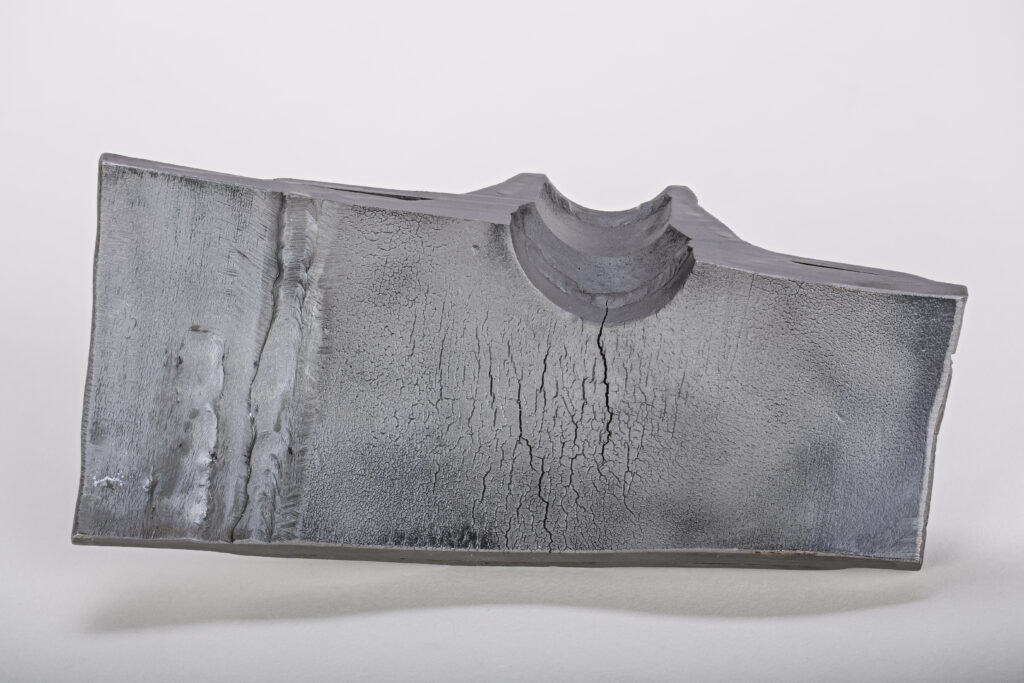Stress corrosion cracking – test
according to LN 65666, VG 95105, ASTM G44-99
| sample preparation | As agreed |
| inspection solution | A wide range of testing solutions are possible |
| test temperature | According to customer requirements |
| test duration | As agreed |
| sample evaluation | by appointment |
Example applications: stress corrosion cracking
Stress corrosion cracking (SCC) is the formation of cracks in a corrosive environment. It can lead to the unexpected and sudden failure of normally ductile metal alloys subjected to tensile stress, e.g. residual stress, especially at elevated temperatures. Often, the environment that leads to stress corrosion cracking is only slightly corrosive to the metal. Therefore, metal parts with severe stress cracks can appear undamaged to the naked eye, even though they are riddled with microscopic cracks. This means that stress corrosion cracking often goes undetected before failure occurs. SCC often progresses rapidly and is more common in alloys than in pure metals. The specific environment is of critical importance, and only very low concentrations of certain highly active chemicals are required to produce catastrophic cracks that often lead to devastating and unexpected failure.
The stresses may be the result of cleavage stresses due to stress concentrations, or they may be caused by the type of assembly or by residual stresses from manufacturing (e.g. cold working); the residual stresses can be relieved by annealing or other surface treatments.
Depending on the material and the load, the cracks can propagate intercrystalline or transcrystalline, i.e. along the grain boundaries and through the grains.
Thanks to our experienced metallographers and our SEM, for example, we are able to competently test components for stress cracks.
Stress corrosion cracking - technical safety tests
It is a combination of tension, material and environment. Tension can be external, but also internal, such as welding tension. A well-known case of damage in Switzerland is the collapse of the concrete ceiling of the Uster indoor swimming pool, which was suspended from anchors made of austenitic steel.
Find out more about our expertise in the field of technical safety
You can find an overview of other methods in the field of environmental simulation in our Lexicon – Environmental simulation

